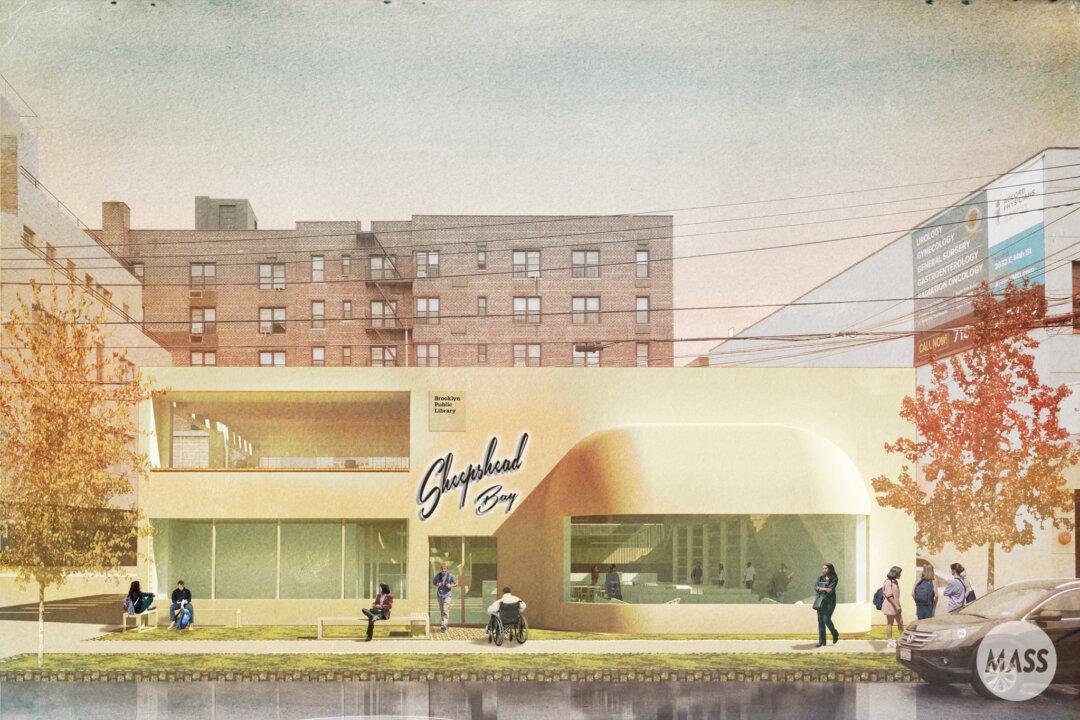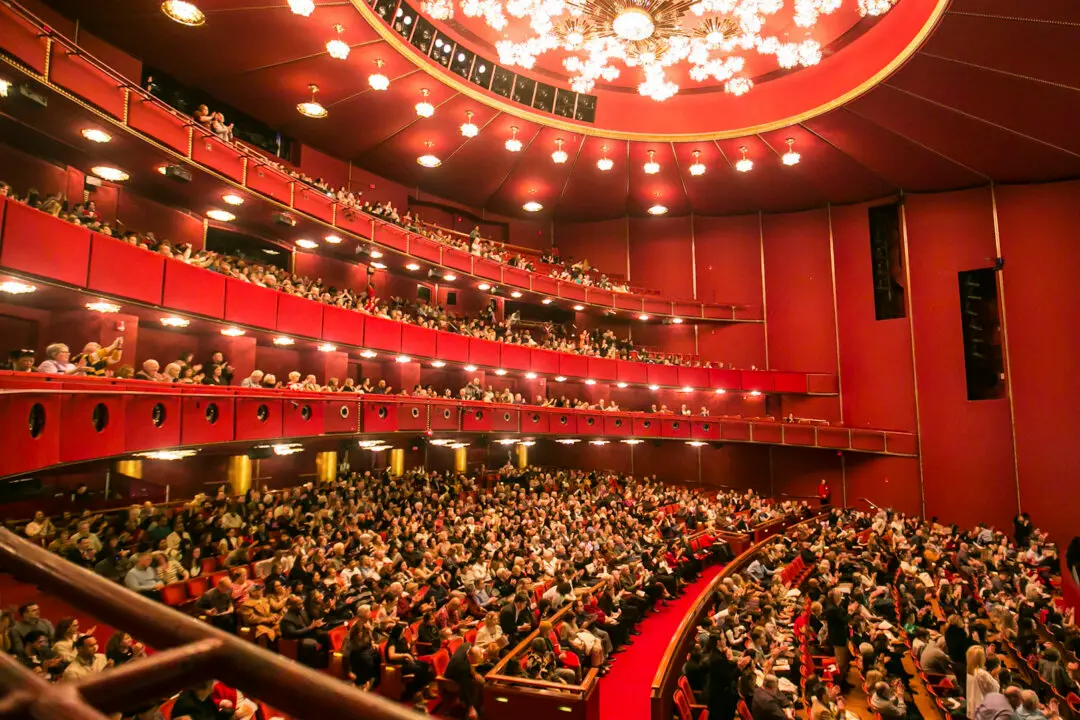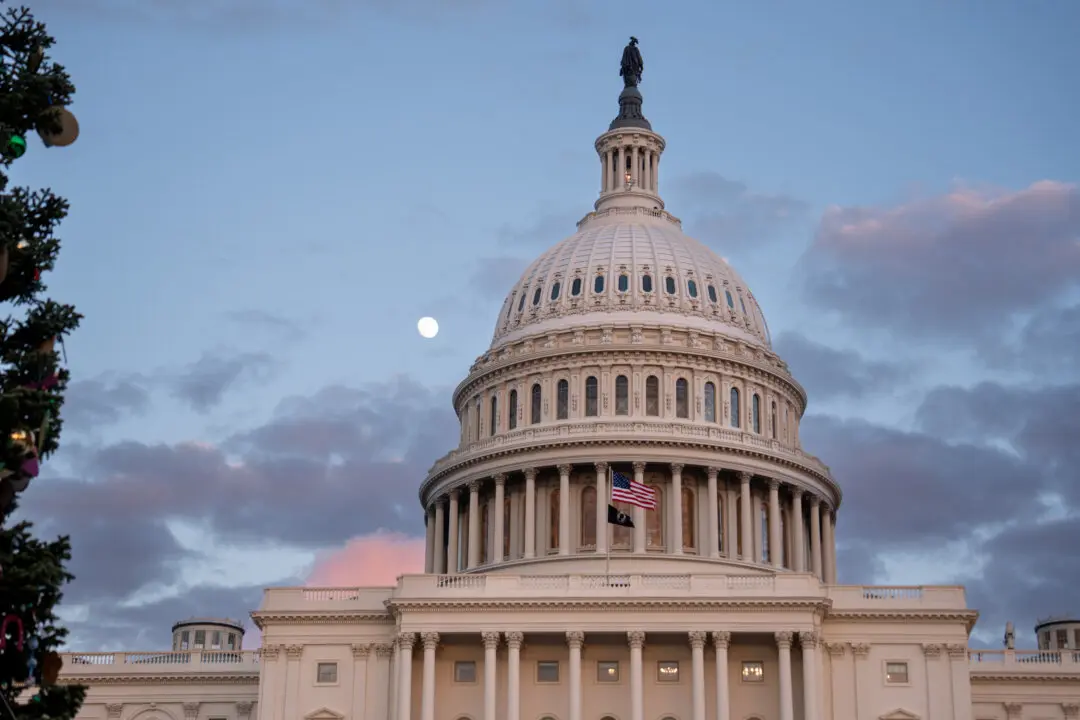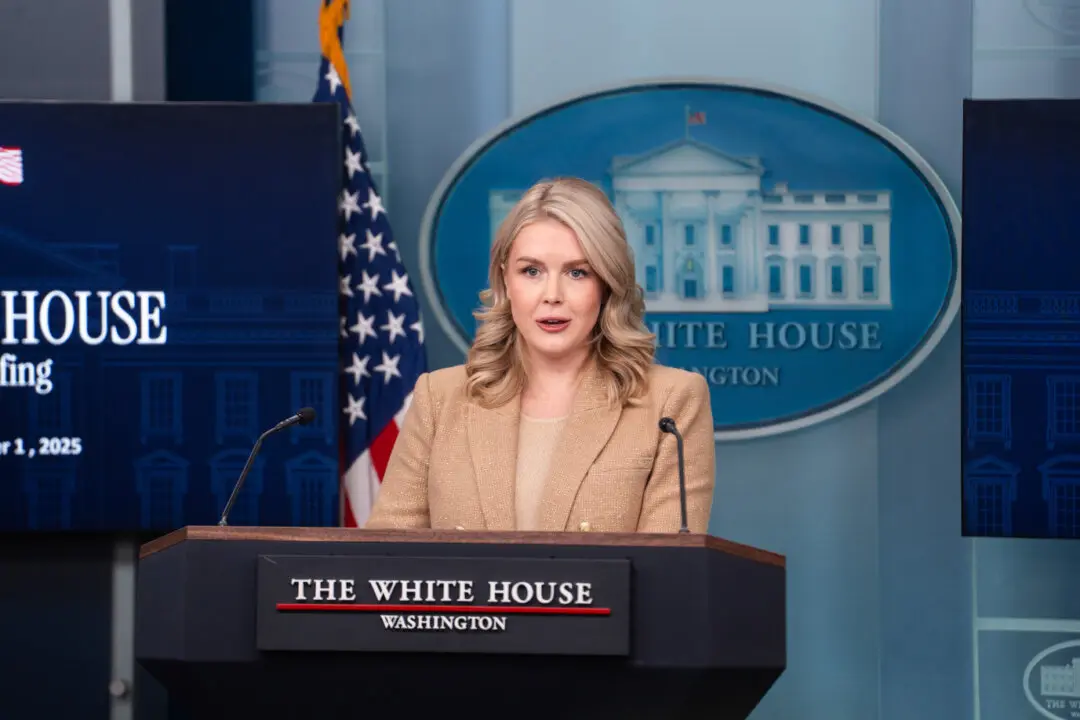NEW YORK—The library of the future could include affordable housing upstairs, retail downstairs, and a 24-hour community lounge in the lobby.
Over the years, the function of libraries has deeply shifted. They are becoming community hubs, workforce development centers, spaces for afterschool programs, makerspaces (work spaces for artisans), and so much more. There is also a consensus that a library is the last seat of community in many places.
But just to bring all libraries into a state of good repair would cost $1.1 billion, according to a Center for an Urban Future (CUF) report, which seems like a large gap to policymakers—even as they start to take an interest in strengthening libraries’ services.
New York is just beginning its conversation about rethinking branch libraries, stakeholders say, and this means there is an opportunity not to just patch up leaky roofs, but create centers of support for individual communities.






